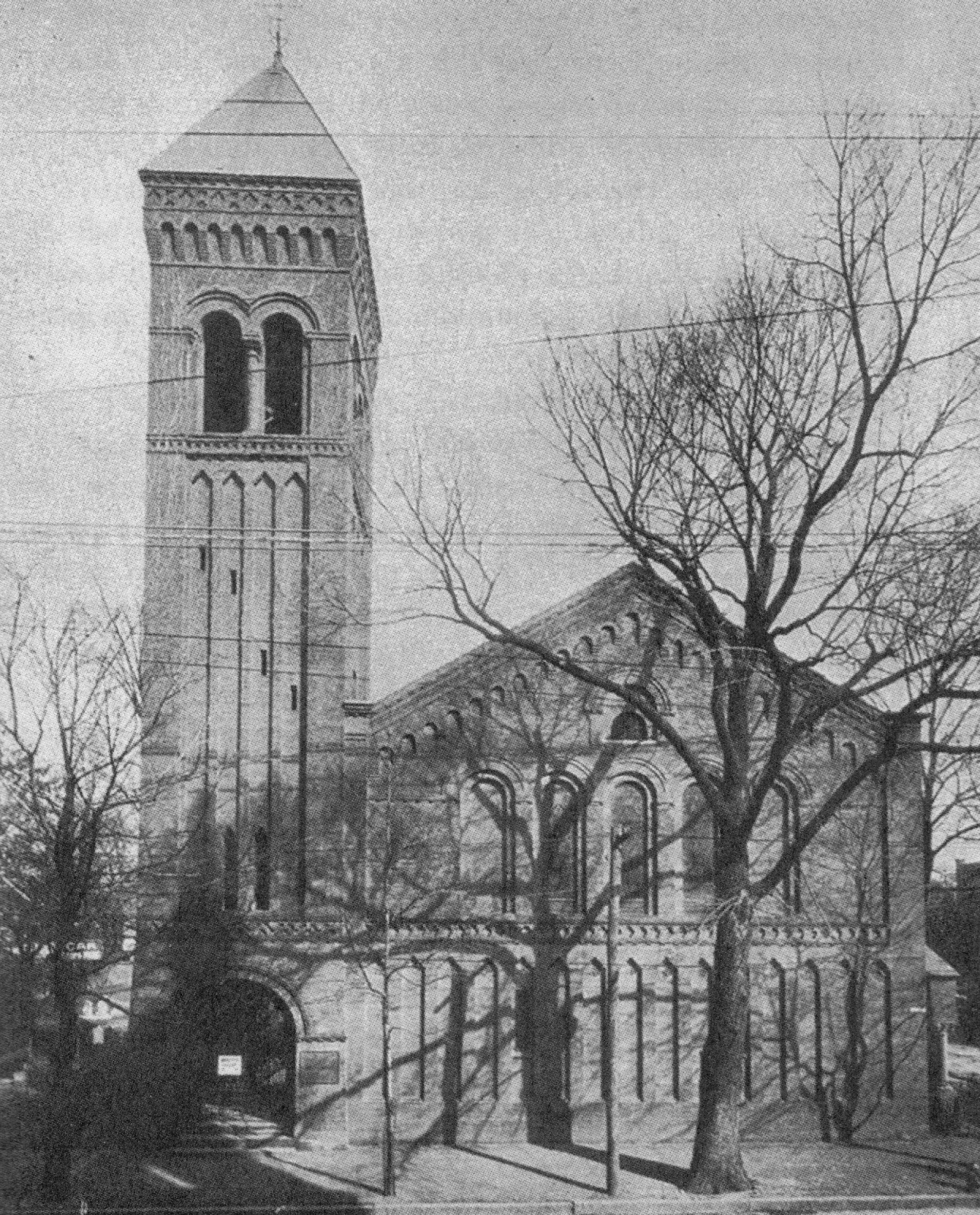It was an ordinary day. Finally finished reading a few more chapters in The History of St. James' Church which was written by Franklin & Marshall College history professor H.M.J. Klein, and will give you some background into the history of my church from the beginning of the 1900s to the time when I joined the men and boy's choir of the church.
 |
| This is St. James' Parish House which stands today on the site where the Sunday School Building once stood. This building was completed in 1904. |
 |
| This shows the interior of St. James during World War I. |
 |
| Mr. George Rodgers, organist and choir director who was hired in 1910 to direct the renowned men's and boy's choir from St. James Church. |
 |
| The exterior of the church as it appeared in 1925. |
 |
| The interior of the church in 1944 showing the electric lamps which replaced the lamps that used whale oil. |
 |
| This is a photo taken around 1900 which shows the rectory that was between the parish house and the church. This was later replaced. |
 |
| The new rectory and parish house is shown in 1944. |
 |
| A 1942 photo showing the choir. My dad, Paul Woods, is pictured on the right side, but I'm not sure of his location. |
 |
| This is a photo taken at St. James Choir Camp on Schelle Island located in the Susquehanna River near Harrisburg, PA. My dad as well as myself attended this camp at one time or another. |
 |
| This is a 1929 photo showing the church graveyard where many famous people were buried. A listing of the names on the tombstones will follow in another story. |
 |
| This is the plaque that lists the patriots of the Revolutionary War who were from St. James Church. It is fastened to the south side of the church proper. |
No comments:
Post a Comment